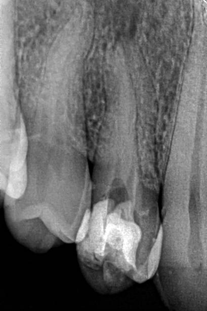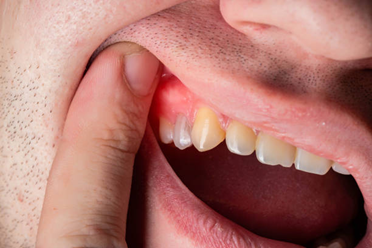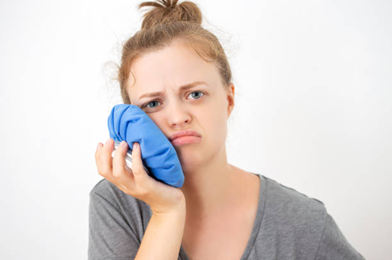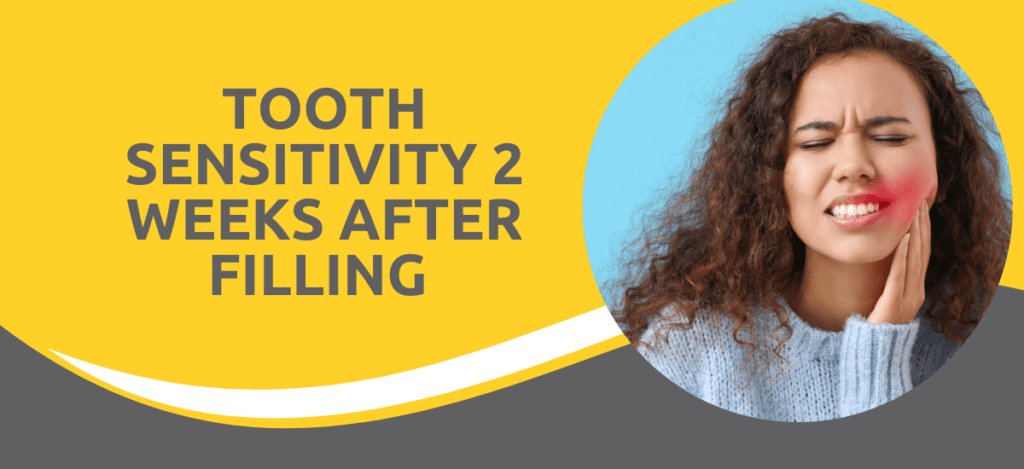It is natural to expect some discomfort after any dental procedure—but when throbbing pain persists a full week after a root canal, concern starts to set in.
Experiencing throbbing pain 1 week after root canal, though unsettling, isn’t uncommon—and understanding what it means can help ease your anxiety and guide your next steps.
At Dental Krafts, a trusted dental clinic in Govandi, Mumbai, patient comfort is always a top priority. According to Dr. Poonam Punjabi, the co-founder and a specialist in painless root canal procedures, “Persistent pain doesn’t always mean failure—but it does need attention. We assess each case thoroughly to rule out complications and restore comfort as quickly as possible.”
Let’s separate expected healing from red flags you shouldn’t ignore.
Normal Post-Procedure Sensations vs. Concerning Pain
A little tenderness for a few days after root canal treatment is part of the healing process. The nerves inside your tooth have been removed, but the surrounding ligaments and tissues still need time to settle down.
Mild soreness or sensitivity to pressure, especially when chewing, can linger for 3 to 5 days. This is generally no cause for alarm and can often be managed with over-the-counter pain relief.
However, throbbing pain 1 week after root canal is a different story. Throbbing is a pulsating sensation that may indicate internal pressure or inflammation—two things that shouldn’t be happening a full week into recovery. This could be your body’s way of signaling a deeper issue that needs dental attention.
Check out the common causes for the pounding ache.
Key Reasons Throbbing Persists Seven Days Later
Residual infection or missed canals
During a root canal procedure, infected pulp is removed and the canals are sealed. But in some cases, complex anatomy or curved roots make it difficult to access all areas. If a canal is missed or not fully disinfected, root canal infection can persist—and pain continues. Bacteria left behind can multiply, leading to inflammation, abscesses, or continued pressure inside the tooth, causing that telltale throb.

Inflammation of surrounding tissues
Even when the root canal treatment is technically successful, surrounding tissues can become irritated, especially if the infection was severe or long-standing. This condition, known as apical periodontitis, can cause throbbing pain even a week later. The inflammation may extend to the jawbone or sinuses, creating a deep ache that doesn’t resolve with standard painkillers.
High bite or over-filled restoration
After the procedure, a temporary or permanent filling is placed. If the bite is even slightly high—meaning your tooth contacts others too soon—it creates pressure every time you chew or close your mouth. Similarly, if the canal was overfilled with gutta-percha or sealant material, it can press on the nerves beyond the root tip. Both issues can mimic or directly cause ongoing root canal pain.
Still unsure if your pain is normal? Getting a second opinion from an experienced professional can provide clarity and peace of mind. Book an appointment today.
Watch out for these signs.
Warning Signs That Need an Urgent Dental Visit

While some discomfort is expected, the following symptoms indicate something more serious:
- Swelling around the jaw or cheek
- Pain that worsens instead of improving
- Fever or chills
- A visible pimple or boil on the gum near the tooth
- Bad taste or pus discharge
- Sensitivity to pressure that’s sharp, not dull
If you are experiencing any of these, schedule a dental visit immediately. Early intervention can prevent the need for retreatment or extraction.
Try these home-based remedies.
At-Home Strategies to Soothe Ongoing Discomfort

While waiting for your dental appointment, there are ways to manage pain after root canal:
- Cold compress: Applying ice packs to the outside of your cheek in 15-minute intervals can reduce swelling and pain.
- Rinsing with warm salt water: This helps cleanse the area and reduce inflammation.
- Over-the-counter pain relievers: Ibuprofen or paracetamol can ease discomfort. Avoid aspirin, as it may thin your blood and increase sensitivity.
- Elevate your head while sleeping: This prevents blood from pooling in your head, which can worsen throbbing.
These techniques can help manage symptoms, but they are not substitutes for professional evaluation.
Don’t let uncertainty keep you in pain. Early diagnosis can make a major difference in comfort and outcome. Schedule a consultation today.
Time to explore the possible professional solutions to your lingering pain.
Treatments Your Dentist May Recommend

Depending on the cause, your dentist may recommend:
- X-rays or CBCT scans to check for hidden canals or infections
- Re-treatment to remove bacteria left behind in missed canals
- Apicoectomy, a minor surgery to remove infected root tips and seal the area
- Adjustment of bite or restoration if the filling is too high
- Antibiotics in case of active infection or abscess
- Anti-inflammatory medications to reduce tissue swelling
Each treatment is customized based on your symptoms, imaging results, and overall oral health.
Week-by-Week Healing Timeline After a Root Canal
Here’s a general healing roadmap.
- Days 1–3: Soreness and mild swelling. Sensitivity to biting pressure.
- Days 4–7: Pain should gradually reduce. Minor discomfort may linger.
- Week 2: Most patients feel almost back to normal.
- Weeks 3–4: Full healing of tissue and bone around the root tip.
If your symptoms don’t follow this pattern, or if they worsen, it is a strong indicator that something needs re-evaluation.
Stay proactive and protect your treated tooth.
Preventive Tips to Avoid Future Complications
Here are some key habits to reduce your risk of post-treatment issues:
- Always complete the root canal procedure fully, including the permanent crown
- Avoid chewing hard foods on the treated side for at least a week
- Maintain excellent oral hygiene with gentle brushing and flossing
- Attend all follow-up appointments for X-rays and bite adjustments
- Don’t ignore mild pain if it persists longer than a week
These preventive steps can significantly reduce the chance of root canal infection or failure.
Pain after a root canal doesn’t always mean something’s wrong—but if it is throbbing and persistent, a quick check-up could save you a lot of trouble later.
Conclusion
Experiencing throbbing pain 1 week after root canal can be distressing, especially when you were expecting relief. But this pain is often a sign that something might need attention.
At Dental Krafts, a highly-rated dental clinic in Govandi, Mumbai, every patient is treated with care, precision, and patience. Dr. Poonam Punjabi brings her expertise in painless root canal treatment to every case, ensuring both comfort and long-term success.
If your symptoms don’t match the expected root canal recovery time, don’t hesitate to seek help. The sooner you understand the cause, the sooner you can return to a pain-free life.
Frequently Asked Questions:
Is throbbing pain one week after a root canal normal?
No, while mild discomfort is common, throbbing pain after 7 days may indicate infection, inflammation, or other complications that need a dentist’s evaluation.
How can I tell if my root canal is infected again?
Look for swelling, persistent pain, bad taste in the mouth, or a pimple on the gums. These signs suggest a possible root canal infection.
Will antibiotics alone fix post-root-canal pain?
Antibiotics can help manage infection but won’t solve structural problems like missed canals or a high bite. Proper dental treatment is still essential.
How long should recovery take after retreatment or adjustment?
Most patients notice improvement within a few days after retreatment, with full root canal recovery time extending to about 2–4 weeks.
Can a sinus issue mimic root-canal pain after a week?
Yes. Upper molars are close to the sinuses, and sinus pressure can sometimes cause referred pain that feels like dental discomfort.



